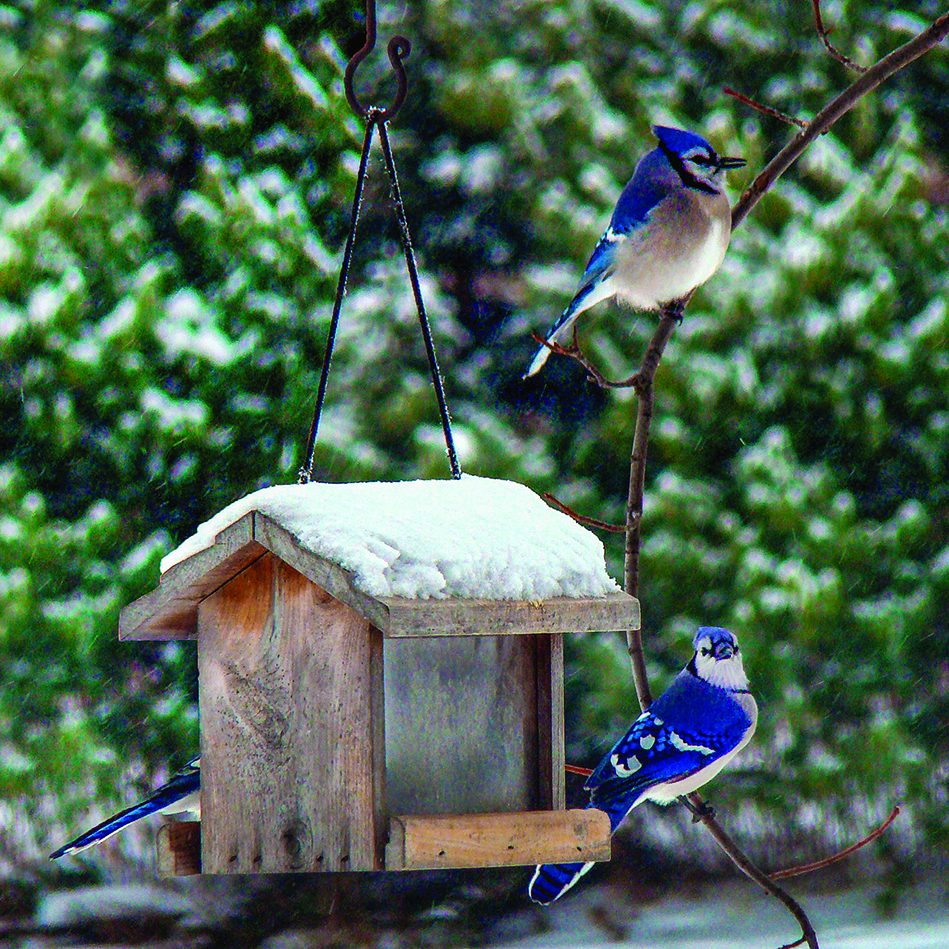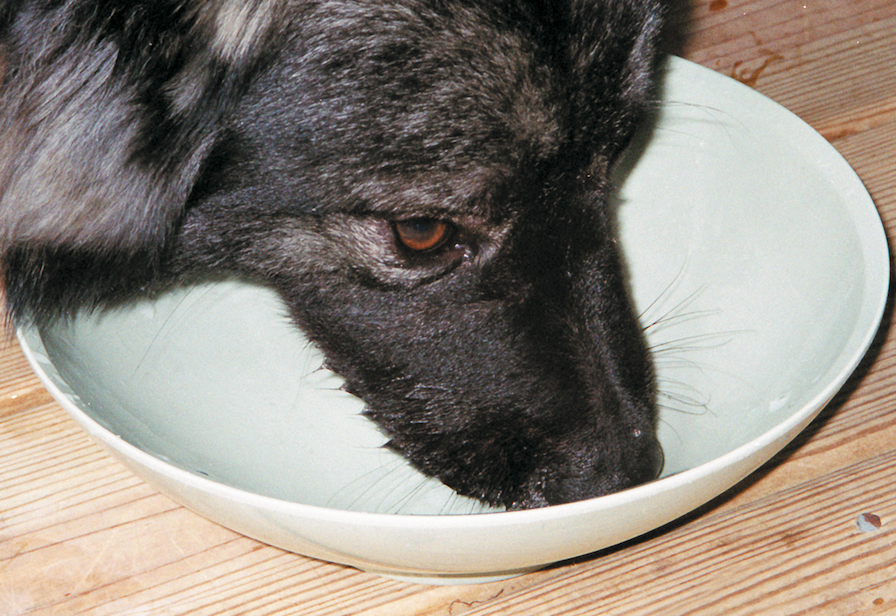Homes are filled with many items that are relatively harmless to people but can be quite dangerous to pets if ingested or inhaled. Much in the way new parents must baby-proof a home to keep youngsters safe, the same level of concern should be applied to assessing the home, garage and yard for potential pet hazards.
Safety-proofing a home with four-legged companions (or even other types of pets) comes down to recognizing hazards and making plans to keep items out of reach.
Pharmaceuticals
Although some medicines for people can be safe for pets in doses carefully indicated by veterinarians, medicines also can be dangerous. Simple pain relievers like acetaminophen can interfere with oxygen flow and may do irreparable harm to the livers of companion animals, says Rover.com. Similarly, pet medications, such as flea and tick or heartworm medicines, must be carefully controlled. Often they are flavored, which means pets who gain access may gobble them up. Always store medications well out of reach for pets (including crafty cats who climb).
Insecticides
Many homeowners rely on chemical insecticides to keep pest numbers down. Ant, fly, bee, and roach baits and traps may be toxic to pets. And even if they aren’t, some smaller bait traps can be swallowed and cause choking. Pets may become stuck to glue traps designed for catching bugs and rodents. Always read package labels to check for use around pets. A relatively new trend is to have outdoor areas sprayed with mosquito and tick products. Although most of the companies indicate they are safe for pets, this may only be after the solution has adequately dried. Even then, it’s best to confirm if a dog or cat that likes to nibble on grass or sniff around will be safe.
Whenever possible look to all-natural ways to keep pests at bay, such as sealing packages against ants and removing stray brush and matter where rodents and insects could hide away from the home.
Laundry and Detergents
Pets often eat inedible items. The Food and Drug Administration says that ingesting laundry detergent, dryer sheets and various chemical cleaning products can have serious implications for dogs and cats, potentially leading to ulcers and even proving fatal to dogs and cats or other companion animals. Consider storing these products in locked cabinets.
Tobacco Products
Just like tobacco products, such as pipes and cigarettes, aren’t exactly healthy for human use, they can be quite dangerous to pets. Tobacco products contain nicotine, and ingestion at high doses may cause hyperexcitability, hypersalivation, fast breathing, twitching, and even coma or death, according to Metropolitan Veterinary Associates in Pennsylvania. Consider quitting tobacco, or at the very least, keep these products out of reach.
Toilet Drop-Ins
Toilet tank drop-in products used to keep bowls clean and fresh may inadvertently poison pets who sneak a sip now and then. Most use corrosive cleaning agents. Due to the dilution in the water, toxins may not be very high, but there’s still a risk. Think about alternative cleaning options or even a safety-proofing latch on the toilet lid.
Various chemical-based dangers lurk in the average home. Such products can contribute to adverse health outcomes for pets, underscoring the need to keep them well beyond the reach of curious animals.








